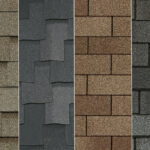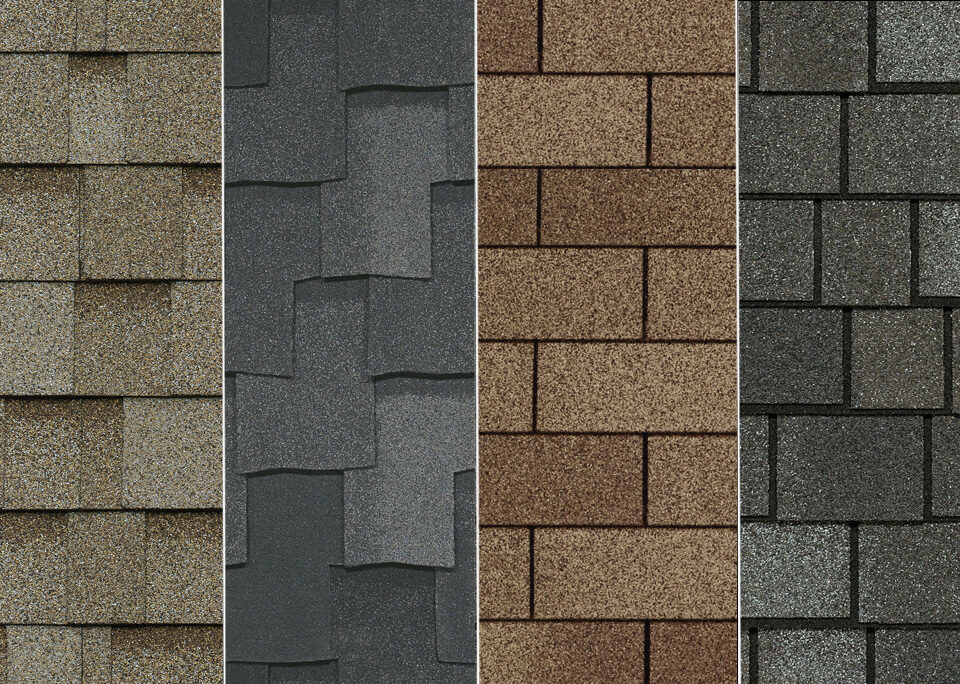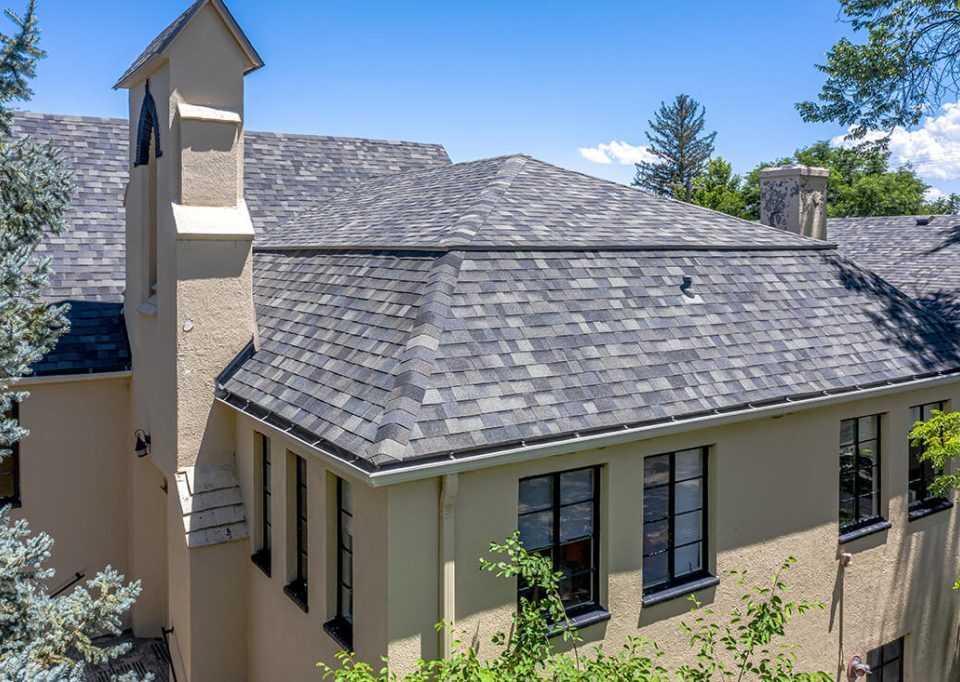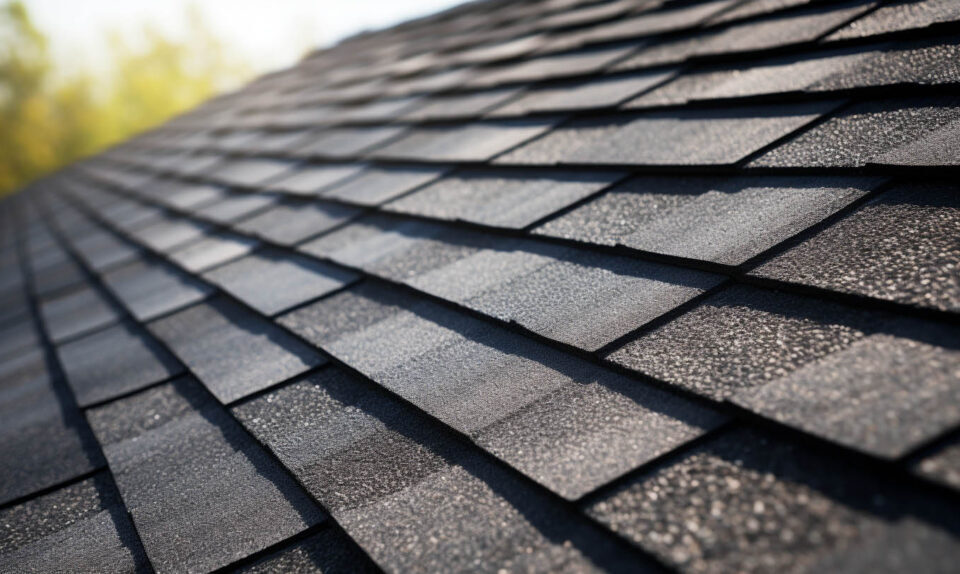
Protecting Asphalt Shingles from Coastal Weather: Solutions for Salt and Sun
October 2, 2025Replacing or installing a roof in New York City is not as straightforward as picking a color and style of shingles. NYC has one of the strictest building codes in the country, designed to ensure that roofing systems meet minimum standards for safety, fire resistance, wind protection, and sustainability.
For homeowners and contractors, understanding these rules is critical. A roof that is not installed to code may not only fail prematurely but can also lead to voided warranties, rejected permits, insurance claim denials, and costly fines from the Department of Buildings (DOB).
This comprehensive guide explains what local building codes mean for asphalt shingle installation in NYC, and why compliance is essential for durability, legality, and peace of mind.
1. Roof Slope Requirements
The NYC Building Code (§1507.2) strictly defines where asphalt shingles can and cannot be installed.
-
Minimum Slope: Asphalt shingles may only be used on roofs with slopes ≥ 2:12 (about 17%). Anything flatter requires a different system, such as modified bitumen or membrane roofing.
-
2:12 to 4:12 slope: Two layers of underlayment are mandatory.
-
≥ 4:12 slope: One underlayment layer is sufficient.
👉 What this means for homeowners: If your NYC home has a flat or nearly flat roof (common in Brooklyn, Queens, and Manhattan brownstones), asphalt shingles are not an option. They are best suited for pitched roofs typically found in Staten Island or parts of the Bronx.
2. Underlayment and Weather Barriers
Underlayment is critical for waterproofing and compliance. The code requires:
-
Double-layer underlayment for shallow slopes to prevent leaks.
-
Ice and water shield membranes where ice dams can form (though less common in NYC, they are sometimes required near eaves).
-
Manufacturer-approved nailing and overlap patterns to ensure performance during storms.
Proper underlayment ensures water is directed away from vulnerable areas like valleys, ridges, and edges.
3. Fire Classification Requirements
NYC has dense urban neighborhoods, so fire safety is a major concern.
-
Roof coverings must generally meet Class A or Class B fire ratings.
-
Class A shingles (common with most fiberglass shingles today) provide the highest resistance to fire spread.
-
The use of unrated shingles is heavily restricted and only allowed for minor repairs covering ≤ 25% of a roof within a 12-month period.
👉 Tip for homeowners: Always check the fire rating on shingle packaging and confirm with your contractor that the product is code-approved in NYC.
4. Wind Resistance and Installation Standards
NYC experiences Nor’easters, hurricanes, and strong coastal winds. To address this:
-
Asphalt shingles must comply with ASTM D7158 wind resistance classifications.
-
Traditional 3-tab shingles usually withstand 60–70 mph winds, while architectural shingles can handle 110–130 mph, and premium options up to 150 mph.
-
The building code also requires proper nailing patterns (usually 4–6 nails per shingle, depending on slope and wind zone).
-
Adhesive seal strips must be activated and sealed properly for maximum uplift resistance.
5. Roof Replacement Rules: Tear-Off vs. Overlay
Unlike some regions where you can add a second or third layer of shingles, NYC codes are stricter:
-
In most cases, all existing layers must be removed down to the deck.
-
Decking must be inspected and repaired before new shingles are applied.
-
Overlays are discouraged and often non-compliant if multiple layers already exist.
👉 Why this matters: Although a tear-off costs more initially, it ensures your new roof has a solid foundation and complies with DOB rules.
6. Sustainability Mandates: Solar & Green Roof Laws
NYC is pushing toward sustainability through Local Laws 92 & 94 of 2019.
-
New buildings and full roof replacements (where the deck is replaced) must include a sustainable roofing zone.
-
This can mean:
-
Installing solar photovoltaic (PV) panels,
-
Adding a green roof system, or
-
A combination of both.
-
This law applies even if your main roofing surface is asphalt shingles. While the shingles cover the majority, parts of the roof may need solar or vegetative sections to comply.
7. Permits and Inspections
Most roofing projects in NYC require a permit from the Department of Buildings.
-
A licensed contractor must file for the permit.
-
Roof inspections ensure that slope, underlayment, fire rating, and wind resistance requirements are met.
-
Failure to obtain permits can result in stop-work orders, fines, or denial of future inspections.
8. Why Compliance Protects You
Following building codes is more than just bureaucracy. It protects you in key ways:
-
Safety: Properly installed, code-compliant shingles reduce fire, leak, and wind damage risks.
-
Manufacturer Warranties: Most roofing manufacturers require compliance for their warranties to remain valid.
-
Insurance Coverage: Non-compliant roofing can lead to denied claims after storms or fires.
-
Property Value: A code-compliant roof improves home resale value and passes home inspections with ease.
9. Common Mistakes to Avoid in NYC Shingle Projects
-
Trying to install shingles on flat or nearly flat roofs (not allowed).
-
Using cut 3-tab shingles instead of specialty ridge caps (weakens wind resistance).
-
Overlaying new shingles on multiple existing layers (often illegal).
-
Skipping permits to save costs (can lead to fines and forced removal).
-
Choosing low-wind-rated shingles in storm-prone areas like Staten Island.
Conclusion
Installing asphalt shingles in New York City means navigating strict but necessary building codes. From slope requirements and fire ratings to tear-off rules and solar mandates, compliance ensures your roof is safe, durable, and legally approved.
For homeowners, the takeaway is clear: hire a licensed NYC roofing contractor who understands these rules and works with products designed to meet city standards. A roof installed to code not only protects your home but also saves money in the long run by avoiding fines, failures, and warranty issues.




